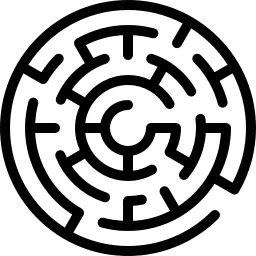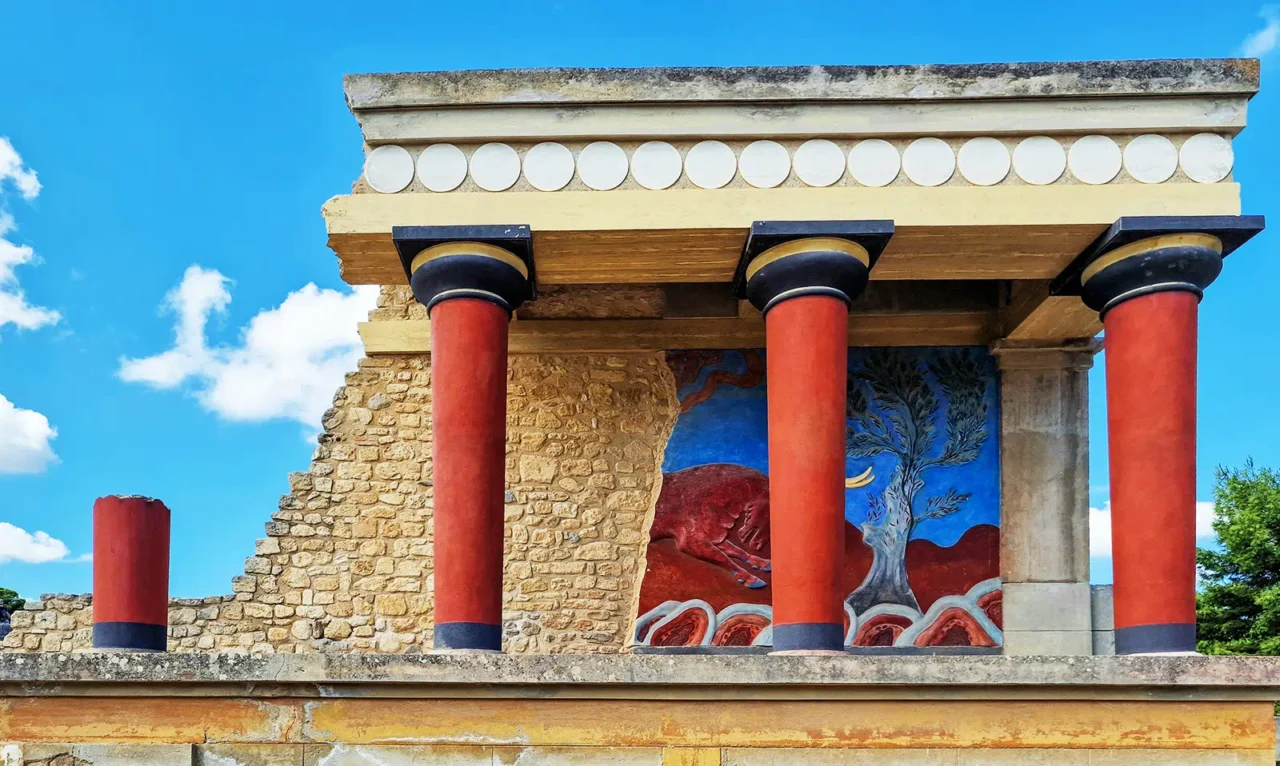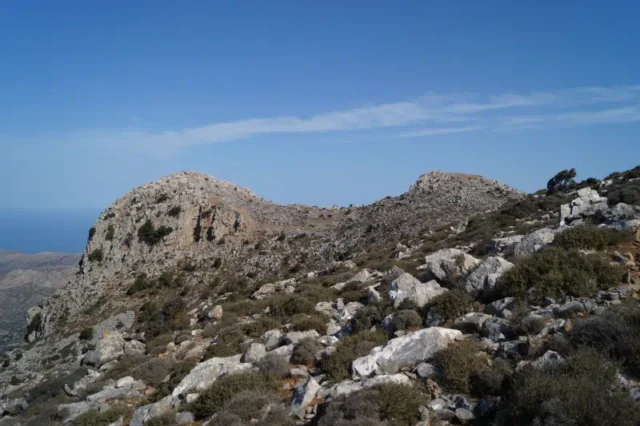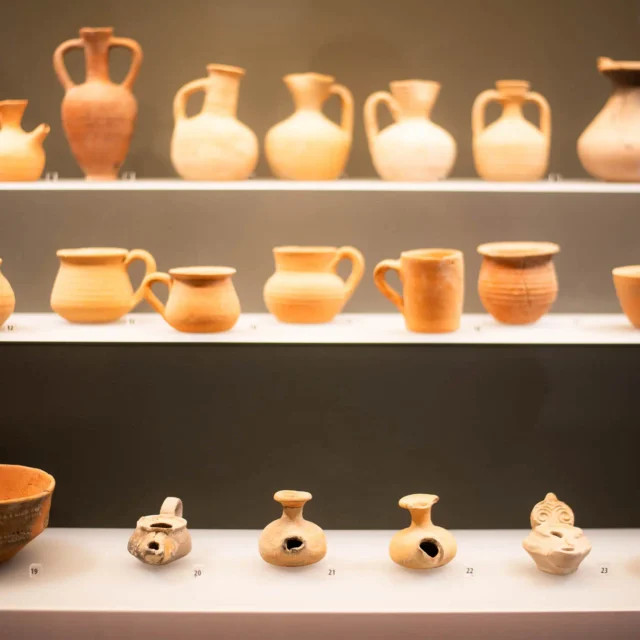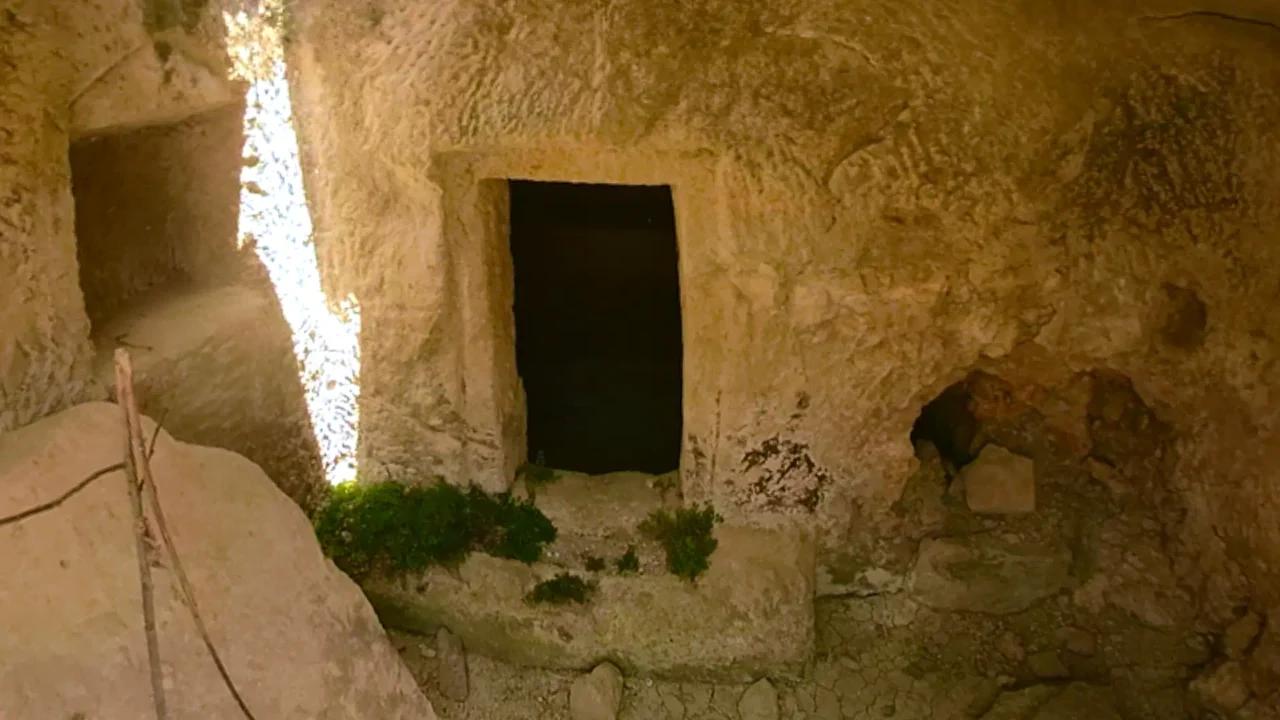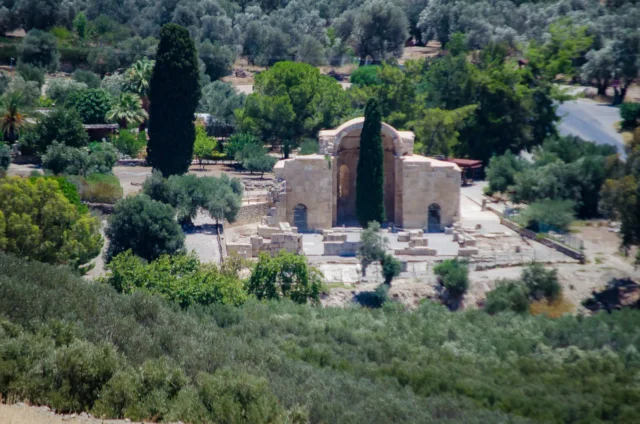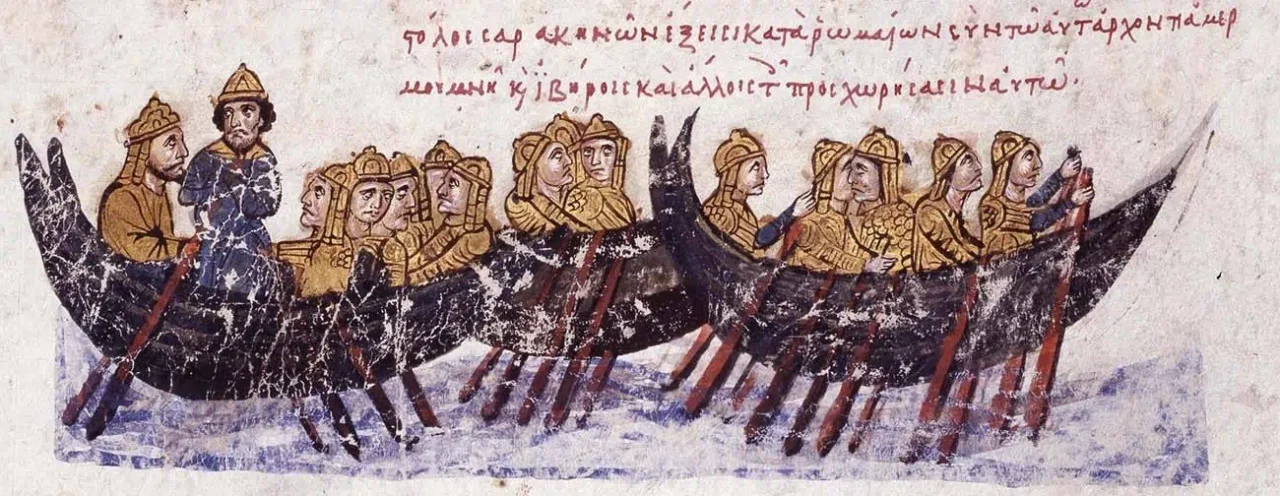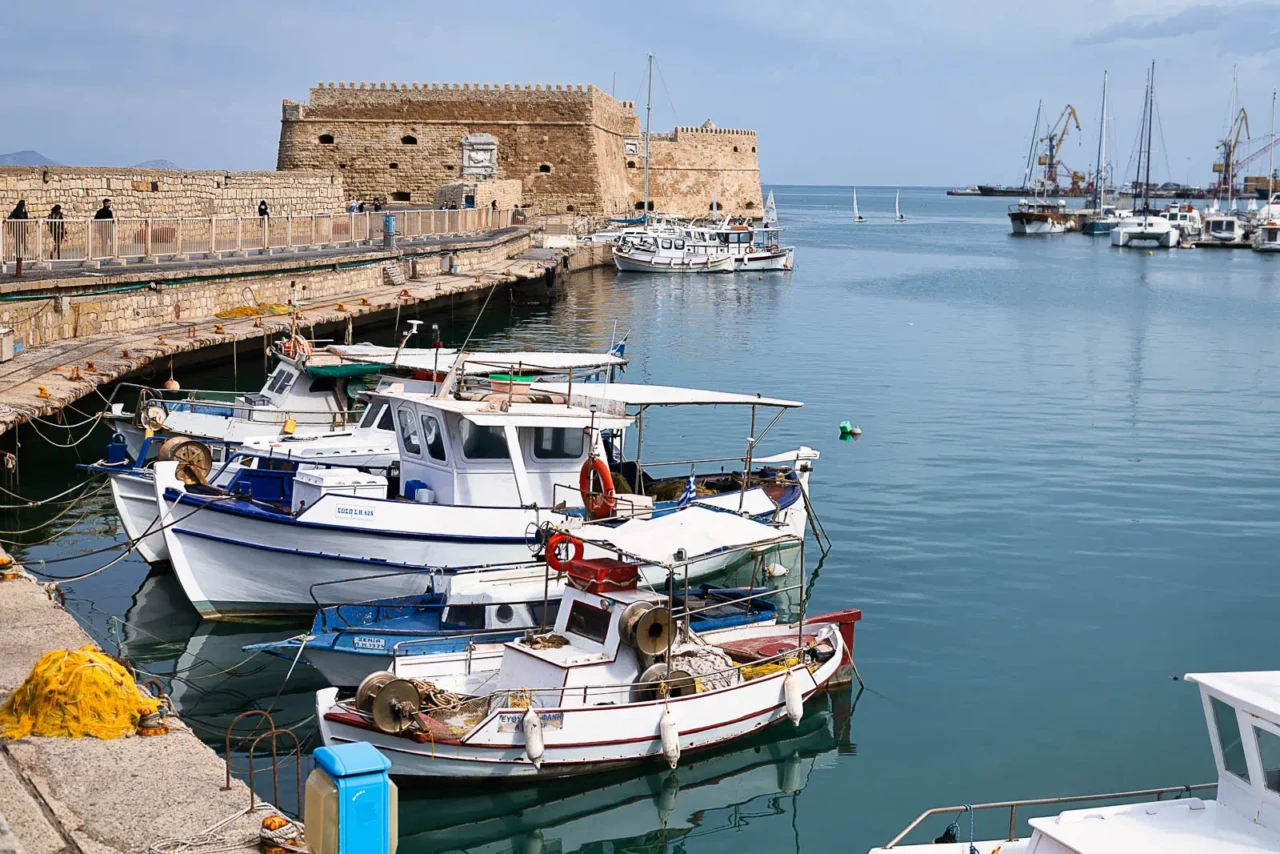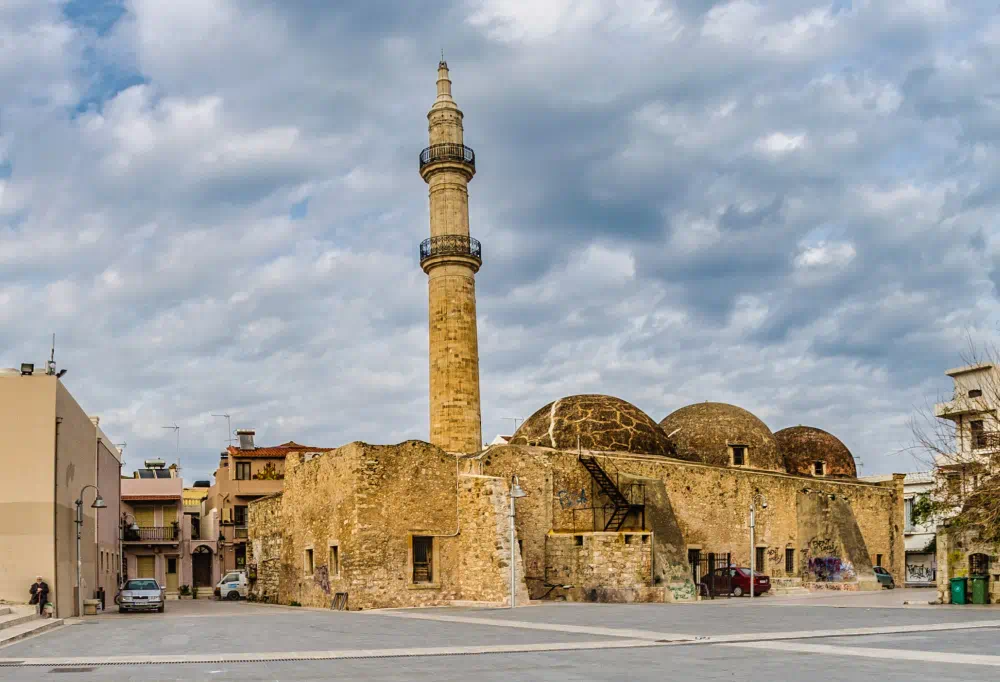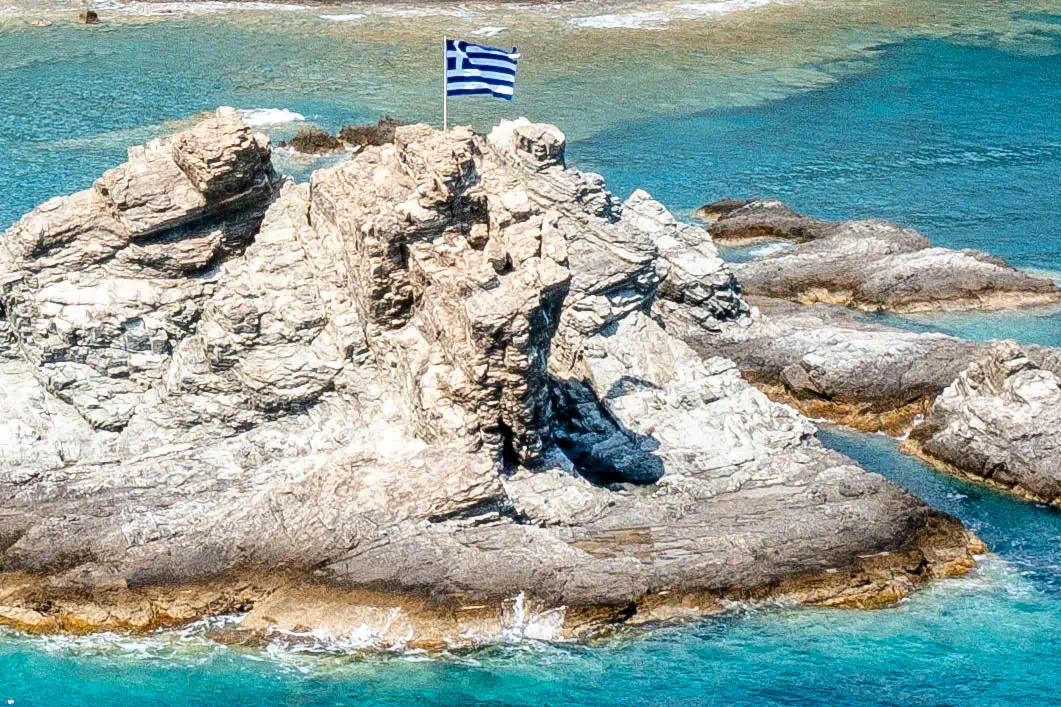This info page breaks down Crete’s history into different chapters, making it easier to understand. This format helps website users in several ways:
- It provides a clear timeline of events, showing how different cultures and civilizations influenced each other over time.
- It gives context to historical sites, allowing users to focus on specific periods or topics that interest them.
- It highlights major cultural shifts that occurred on Crete, such as the transition from the Minoans to the Dark Ages.
By organizing archaeological and historical sites into these chapters, the article empowers website users to explore Crete’s rich past in a more meaningful way. They can plan their visits based on specific interests and gain a deeper appreciation for the island’s legacy.
As an exemption, the Religion Points of Interest are categorized slightly differently. Both the Roman Period and the Arab Period, before the Byzantine Period is called the Early Christian Period.
Date Range clarifications
- BCE (Before Common Era): This is equivalent to the older term BC (Before Christ). Both BCE and BC count years backwards from the year traditionally (though inaccurately) assigned as the birth year of Jesus Christ. That year is considered year 1 in the Western calendar. So, 1000 BCE is 1000 years before that year 1. 500 BCE is 500 years before that year 1 (and therefore later in time than 1000 BCE).
When you see a date range like “c. 1070 – 1000 BCE,” it means:
- c. stands for “circa,” meaning “approximately.” This acknowledges that the dates are not precise.
- 1070 BCE: The earlier date in the range. It’s further back in time.
- 1000 BCE: The later date in the range. It’s closer to year 1.
- CE (Common Era): This is equivalent to the older term AD (Anno Domini, Latin for “in the year of the Lord”). Both CE and AD count years forward from the same year 1. So, 100 CE is 100 years after that year 1. 500 CE is 500 years after that year 1.



